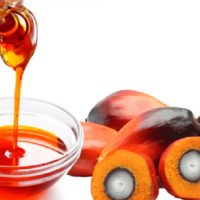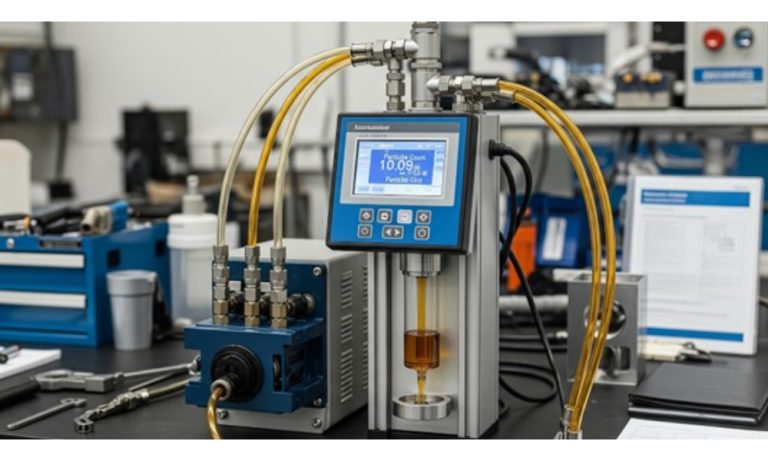Palm trees use a meager portion of the farmland designated to the farming of vegetable oil, however, they make up 38% of the global supply of all vegetable oils. Palm oil is rich in hydrocarbons and fatty acids, making it employable as biofuel and biodiesel. Since palm oil has a high melting point and is semi-solid at room temperature, it can be used in a variety of purpose including baking. Animal fat has the same characteristic properties but is far more expensive and has a more complex mode of procurement as compared to palm oil.
Palm oil is popular in the global market as it finds applications in daily usable products like soap and cosmetic products rich in fatty content such as cremes, lipsticks, and shampoos. It also helps in increasing the viscosity and density of the product.
The contentious market of palm oil has stirred many environmental pressure groups and Non-Governmental Organisations to reform policies that dictate the palm oil market to make the production and consumption of palm oil ecologically friendly and sustainable.
Market State and Policy Dynamics Of Palm Oil
The palm oil market has been in news and discussions for its sustainability in the regions of Asia and Africa. Amounting to large-scale forest conversion, and inhumane labor conditions, palm oil plantations have not been facing the encouragement and support they did in the early 20th century. Palm oil production also entitles large-scale deforestation, carbon-emissions, and loss of habitat for one of the most displaced species of Orangutans. Companies across the globe are trying to find a more practical approach of judiciously using palm oil. Since palm oil plantations are one of the most dominant modes of employment in Africa and Asia, any sanctions on palm oil production will directly influence laborers and business.
Companies like Unilever use 1.52 Metric Tonnes of certified palm oil and the American food giant McDonald’s uses 0.10 Metric Tonnes of the same with almost 20% of its palm oil usage not disclosed in annual audits. Organizations like Roundtable on Sustainable Palm Oil have observed a steep growth of palm oil procurement particularly from the Malaysian and Indonesian markets. Additionally, North America is foreseeing an increased demand for bio-diesel whereas the Asia-Pacific region is looking at using palm oil primarily as an edible oil and in cosmetics.
Major players in the global palm oil market include America’s Cargill Inc, Singapore’s Wilmar International Ltd., and Golden Agri-Resources Ltd. They also face competition from Malaysian and Indonesian companies like Sime Darby, PT Astra Agro Lestari Tbk, IOI Corp, London Sumatra, and Tradewinds Plantation.
Palm oil production may also feed into the growing food insecurities in developing economies by getting consumed not only as a staple food ingredient, but also as a cooking fuel.
This is majorly due to a price hike in other oil seeds and a shortage of farming land due to growing urbanization. There is also a chance that palm oil production may be hampered with products imported from western economies that carry trans-fats. This socio-economic change in consumer behavior in developing countries can affect the palm oil market in the future.














